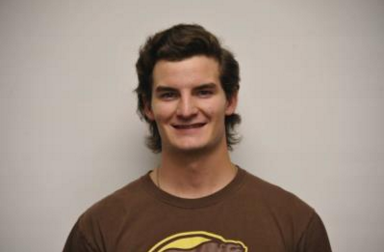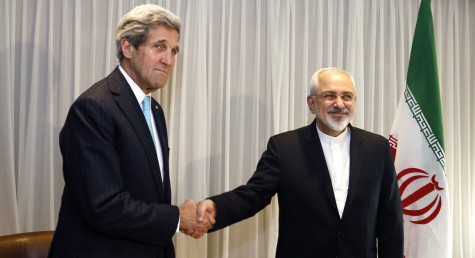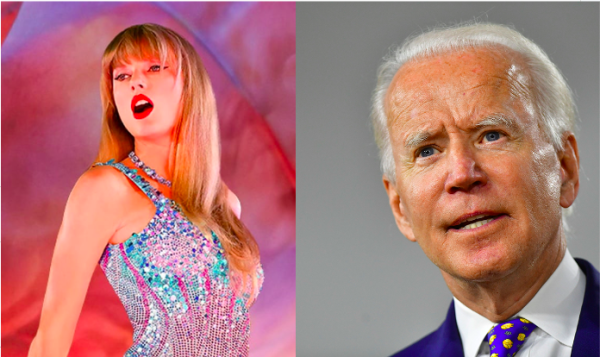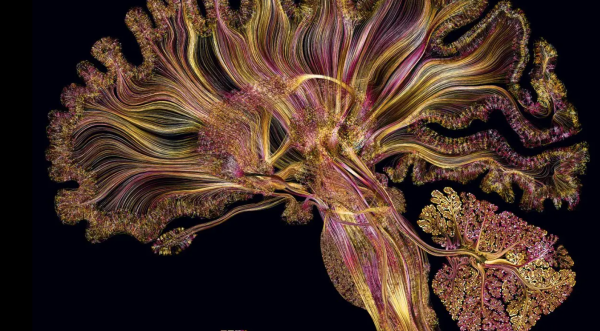The Primary System (For Dummies)
May 23, 2016
The Presidential Prima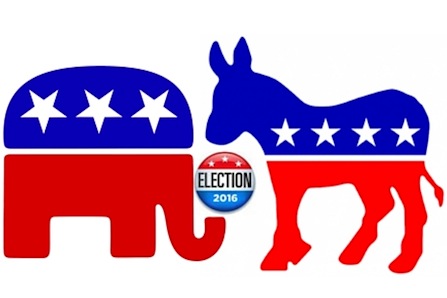 ry system has come under increased scrutiny this year as both
ry system has come under increased scrutiny this year as both
parties have yet to determine a clear frontrunner for their respective nominations. As of this
publishing, Hillary Clinton leads Bernie Sanders, 1428 delegates (plus 516 super delegates) to
1153 delegates (plus 39 super delegates) on the Democratic side. On the Republican side,
Donald Trump is leading with 845 delegates, Cruz has 559 delegates, and Kasich has 148
delegates. Now what does all t
his mean? I am going to break down the system into what the
difference between a primary and a caucus is, what delegates, and super delegates are, why
they exist, what is a party convention, what is on the ballot, and finally, why the whole system is
broken, and very un-democratic.
• What is the difference between a Primary and a Caucus?
Simply put, a primary is a vote, and a caucus is a conversation and then a vote. Primaries
are simpler: you go to your respective polling place, and vote for the candidates that are running
for their party’s nominations. Primaries can be open or closed. An open primary is one where any
registered voter can vote on any party ballot, regardless of which party they are a registered
member of. They can only vote on one ballot, but a democrat can vote on the republican ballot,
vice versa, and an independent can vote on whichever ballot they choose. A close primary is one
where a registered democrat, for example, can only vote on the democratic ballot. Independents
are not allowed to vote in closed primaries. Delegates are determined according to the popular
vote of the whole state. Some states are Winner-take-all, and others are proportional. Most
proportional states have a minimum percentage threshold that must be reached to gain any
delegates.
Caucuses are more complex, and differ from state to state, but they have the same basic
frameworks: you go to your respective caucus site, and each person splits into groups
depending on their favored candidate. Each candidate must reach a certain amount of
supporters to be deemed “viable.” If a candidate is not “viable,” their supporters are up for
grabs, and supporters of the other candidates attempt to convince them to vote for their favored
candidate. Once all groups left are voting for “viable” candidates, delegates are determined
proportionally to number of supporters.
• What is a delegate, and what makes one super?
A delegate is a representative of their respective states party. These representatives come in
handy at each party’s National Convention. A “regular” delegate is known as a pledged delegate,
and who they vote for is determined by their states primary or caucus. Super delegates are only
used by the Democratic Party. A super delegate is free to support whoever they want, and is
either a member of the Democratic National Committee, a party leader, or a sitting governor or
member of congress. There is no set number of super delegates, as the number of potential
delegates is constantly changing, due to additions of leadership, disqualifications, and many
other reasons. Republicans have their own form of un-pledged delegates, but there system is
much simpler, and has less effect. Each state has three un-pledged delegates, the party state-
chairman and two Republican National Committee members.
• What is a Party Convention?
The Conventions are week-long pep-rally’s for each party. Many activists, congressmen,
and senators will have spoken to huge crowds by the end. The Convention is also where each
party chooses their nominee for the presidency. Usually, this is a ceremonial step, as each party
usually has a clear frontrunner, who has won a majority of the delegates. This year, to take the
Democratic Nomination outright, 2,382 delegates must be won. To take the Republican
Nomination outright, 1,237 delegates must be won. At each convention, delegates cast their
vote. If a majority is not had after one vote, there is another round. After the first ballot, some
pledged-delegates are released from who they must vote for, and can vote on whoever they
choose. Some states release their delegates after one vote, but other states don’t release them
until after a few. After the first vote, newly un-pledged delegates will be courted by each
campaign. The votes will continue until a majority is reached, and a nominee decided.
• What is on the ballot?
When going to vote in your states primary or caucus, you are not just voting for who you
want your party’s nominee for the presidency to be. Candidates for State Senator, District
Representative to Congress, Convention Delegates, County Board of Education, and Judge of
the Circuit Court are also on the ballot. When voting, it is important to remember that your
senator represents your whole state, your representative represents only your district (which is a
completely different area than your county or town), and member of the Board of Election is for
your county. The Judge of the Circuit Court is running to fill a vacancy in the court. They appear
on the ballot as a formality, and run unopposed.
• The whole system is broken?
Yes, the whole system is broken. The Maryland Primary is on April 26, one of the last 14
Primaries to be held. The field of candidates is much narrower now than it was when the race
started, 83% of the (prominent) Republicans originally running for President have dropped out. If
the Maryland Primary had happened first, and Governor Bobby Jindal (R) had won, would he
have gained momentum and continued to be in the race, instead of having dropped out five
months ago? After the first two contests, The Iowa Caucus and The New Hampshire Primary, five
republican candidates dropped out. Iowa has a population and median income consistent with
the rest of the country, but it is 91.3% White, ~5% of Hispanic or Latino origin, 2.9% Black, 1.7%
Asian, and 0.4% Native American, and 61% of the state’s population lives in an urban
community. The country is 63% White, 17% Hispanic or Latino, 13.2% Black , 4.8% Asian, and
1% Native American, and 81% of the country’s population lives in an urban community. Black
voters, Hispanic or Latino voters, and urban voters do not have as big a say as they do in
national politics. It is the same in New Hampshire: 93% white, and other ethnic groups do not
make up more than 5% of the population, respectively. New Hampshire has a much higher
average annual income than the rest of the country, and has a population similar to that of only
Montgomery County, MD. These two states do not reflect the demographics of the United
States, yet they have arguably the largest say in who can be president. There is also the un-
uniform, and sloppy, allocation of delegates. An argument can be made that all states should
reward proportionally, and one can be made that they should all be winner-take-all; everyone can
agree that it should be the same throughout the country. As of right now, If Hillary Clinton and
Bernie Sanders were dead even in pledged delegates (1,290), Clinton would still have an almost
insurmountable lead because of her Super delegates (516). Sanders would have to win, roughly,
10 more states than Clinton. That’s not very democratic. The amount of delegates each state has
isn’t proportional to population, as one might think, either. Extra delegates are given to states, by
both parties, to reward party loyalty: Texas has a strong record of voting Republican, and it has
almost 130 delegates in it’s GOP primary. This is a tool used to make sure each Party has the
right nominee according to its voter bases. This brings us to the issue of having both opened and
closed primaries. An open primary would be more democratic: more people have a say in who
they want to run for president in the general election. A closed primary is better for the Party to
get to know who they’re loyal constituents want to be the nominee. An argument can be made
for both sides; everyone can agree that it should be the same throughout the country.

